| 1. Pineapple Sauce |
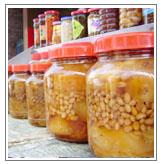 Pineapples are produced in large quantity in Dashu. During the Japanese Occupation, residents of Dashu were the first to pickle pineapples and turn them into pastes. Due to the limited living allowances and simple diets in the past and not a wide range of food available, the pineapple paste was the favorite of the local people. Pineapples are produced in large quantity in Dashu. During the Japanese Occupation, residents of Dashu were the first to pickle pineapples and turn them into pastes. Due to the limited living allowances and simple diets in the past and not a wide range of food available, the pineapple paste was the favorite of the local people. |
| 2. Thin Rice Noodles of Dashu |
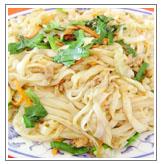 When you visit Dashu, we recommend that you try the thin rice noodles prepared in the local style. We guarantee that you will not be able to put down your chopsticks and want more once you have tried fried noodles, noodle soup, or noodles dipped in soy sauce or pineapple paste. One can never be tired of the unique flavor. When you visit Dashu, we recommend that you try the thin rice noodles prepared in the local style. We guarantee that you will not be able to put down your chopsticks and want more once you have tried fried noodles, noodle soup, or noodles dipped in soy sauce or pineapple paste. One can never be tired of the unique flavor. |
| 3. Sesame Oil |
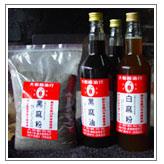 The sesame season is between the Dragon Boat Festival and the Ghost Festival and is also the best time to extract sesame oil. There are seven sesame oil producers in Dashu. Therefore, during the production season of the sesame oil, you can smell fried sesames everywhere. The newly extracted product disperses a strong aroma of sesame oil that can be found nowhere else. The sesame season is between the Dragon Boat Festival and the Ghost Festival and is also the best time to extract sesame oil. There are seven sesame oil producers in Dashu. Therefore, during the production season of the sesame oil, you can smell fried sesames everywhere. The newly extracted product disperses a strong aroma of sesame oil that can be found nowhere else. |
| 4. Mineral Water |
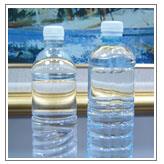 Dashu have excellent water resources. In the Longmu (Dragon’s Eye) Village, a saying goes like this: “the water from the Well of Dragon’s Eye makes you healthy if it does not make you strong.” In recent years, several mineral water plants have been built in Dashu. Some of them are renowned brands. This shows how everyone likes the excellent water resources of Dashu. Dashu have excellent water resources. In the Longmu (Dragon’s Eye) Village, a saying goes like this: “the water from the Well of Dragon’s Eye makes you healthy if it does not make you strong.” In recent years, several mineral water plants have been built in Dashu. Some of them are renowned brands. This shows how everyone likes the excellent water resources of Dashu. |
| 5. Charcoal Kilns |
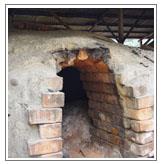 The bottom of each of the charcoal kilns is built with large clay bricks while the top is made of non-fired small clay bricks. Above the kiln, a rain shade is built with iron sheets or tiles to prevent the kiln from collapsing due to the accumulated rainwater. Each kiln has a door for access. Acacia is the best material for making charcoal, followed by the twigs cut from fruit trees during trimming. The bottom of each of the charcoal kilns is built with large clay bricks while the top is made of non-fired small clay bricks. Above the kiln, a rain shade is built with iron sheets or tiles to prevent the kiln from collapsing due to the accumulated rainwater. Each kiln has a door for access. Acacia is the best material for making charcoal, followed by the twigs cut from fruit trees during trimming. |
|